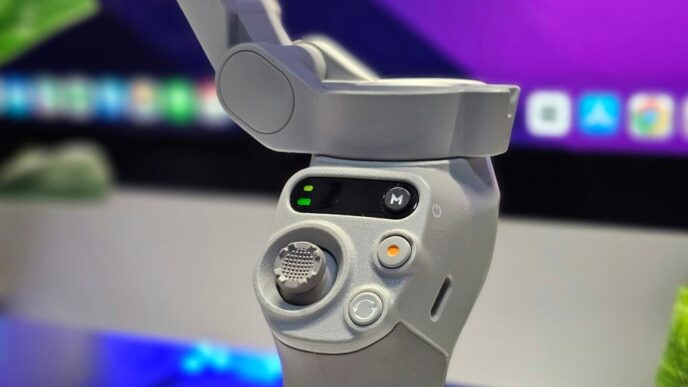If you’re a football fan, you’ve probably heard of VAR (Video Assistant Referee), a system introduced to minimize errors and support referees during matches. While some praise it as a revolutionary tool, others criticize its impact on the flow of the game and players’ behavior. In this article, we’ll explore how VAR works, its benefits and drawbacks, and most importantly, how it has affected players’ actions during games. Let’s dive into the intriguing world of VAR!
What is VAR?
VAR, or Video Assistant Referee, is a technology used in football matches to support referees in making decisions. It was first introduced in 2017 and is now implemented by various football leagues worldwide.
The VAR system consists of a team of video assistant referees who monitor the game from a central location. They communicate with the on-field referee if they identify an error or missed incident using replays, slow-motion videos, and different camera angles. When a decision is being reviewed, the referee can watch these clips on screens around the pitch before making a final decision. The referee can accept their original decision or overturn it based on the evidence presented by VAR. VAR can be used for situations such as goals, penalties, red cards, and mistaken identity incidents.
How does VAR work?
VAR works by having a team of video referees watching matches from a central location through multiple camera angles and feeds.
When the on-pitch referee makes a decision or misses something crucial, the video referees can advise him to review it on the sideline monitor. This includes goals scored, penalty decisions, red card incidents, and mistaken identity.
Clear communication is maintained between the on-field officials and video assistant referees through headsets. The time taken for VAR intervention usually ranges between 30 seconds to two minutes, depending on the complexity of the situation. Once reviewed by both parties, a final decision is reached regarding the incident, ensuring fairness and reducing human error.
Benefits of VAR:
VAR has brought many benefits to the game of football, making it fairer and more transparent.
Improved decision-making: Multiple camera angles allow referees to make accurate decisions without bias or error.
Reduced controversies: VAR reduces mistakes on the pitch, resulting in fewer controversies surrounding certain games.
Consistency: VAR brings consistency to refereeing across different leagues, as all referees have access to the same technology and guidelines.
Time-saving: VAR reduces stoppages caused by referee discussions or arguments between players and officials, leading to a quicker resolution of issues.
Drawbacks of VAR:
While VAR has its advantages, it also has some drawbacks that need to be considered.
Disruption of flow: The use of VAR can disrupt the flow and intensity of games, as players have to wait while officials review footage before making decisions.
Subjectivity: Some decisions still require subjective judgment, leading to potential controversies even after VAR review.
Time delays: Frequent stoppages to check replays can lead to time wastage and extended match durations.
Fan disengagement: Some fans feel disengaged when technology influences every decision rather than relying solely on human judgment.
Effect on Players and Behavior:
VAR has significantly impacted players’ behavior on the pitch. Players are now more cautious with their actions, fearing penalties for mistakes. Reckless tackles and fouls have decreased as players become more aware of their surroundings and exercise extra care. VAR has also deterred players from deceiving referees through feigning injuries or diving. With cameras capturing every angle and replays available, simulation is swiftly punished.
Impact on Players and Behavior:
The introduction of VAR has had a significant impact on how players behave on the pitch. They have become more cautious and careful, as they fear penalties for making mistakes. Reckless tackles and fouls have decreased as players are now more aware of their surroundings and take extra care in their actions. Additionally, VAR has discouraged players from trying to deceive referees through fake injuries or diving. With cameras capturing every angle and replays available, players know that simulation will be quickly detected and punished.
In summary, VAR has brought about a noticeable change in players’ behavior on the pitch. They are more mindful of their actions, knowing that mistakes can result in penalties. Recklessness has decreased, and players exercise greater care. VAR has also deterred deceptive behavior, as players are aware that cameras will expose their actions. This has led to fairer and more sportsmanlike conduct on the field.
Conclusion:
VAR has brought a significant change to football, improving decision-making and reducing errors. While there are some drawbacks, its advantages outweigh the negatives. Players’ behavior on the pitch has become more disciplined and fair due to VAR’s influence. Despite challenges, VAR continues to evolve, and we expect further positive changes from this technology in the future.













